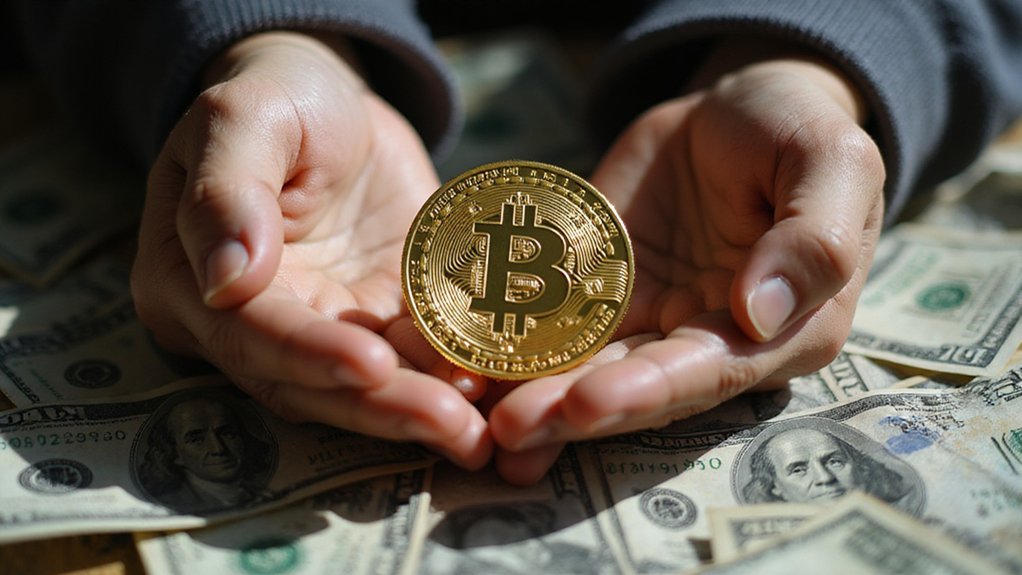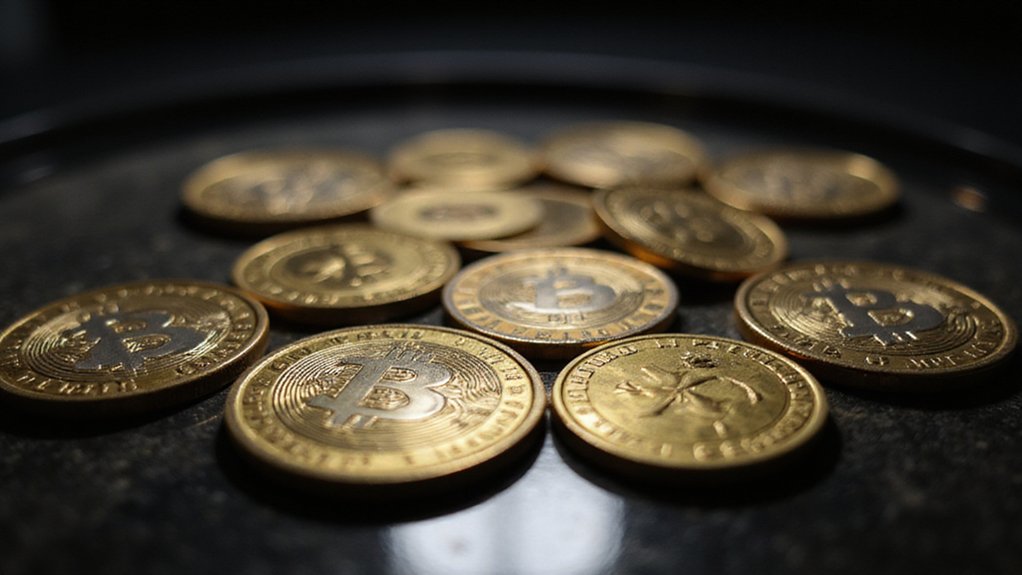How does one reconcile the Byzantine labyrinth of cryptocurrency taxation with the practical realities of mining digital assets in an economy that increasingly treats bitcoin as both speculative commodity and legitimate store of value? The White House’s recent report offers surprisingly pragmatic guidance that could fundamentally reshape the financial landscape for bitcoin miners—assuming Congress possesses the requisite intestinal fortitude to implement meaningful reform.
Under current IRS guidance, miners face the peculiar burden of paying taxes on bitcoin rewards at fair market value upon receipt, then potentially again when they sell those assets (should price movements prove unfavorable). This double-taxation scenario creates the sort of perverse incentive structure that would make even seasoned tax attorneys reach for stronger coffee.
The White House report sensibly recommends taxing miners only upon sale, deferring taxable events until actual liquidity materializes. This shift represents more than accounting sleight-of-hand; it addresses fundamental cash flow challenges that have plagued mining operations. The proposed framework would align bitcoin’s treatment with traditional commodities, treating mining operations similarly to gold extraction activities.
When miners must pay immediate taxes on unrealized gains while shouldering operational costs—electricity, equipment maintenance, facility overhead—the financial squeeze can prove untenable, particularly for smaller operations lacking substantial capital reserves. Enhanced KYC practices could verify mining operation identities more rigorously while maintaining operational flexibility.
The proposed framework extends beyond mere timing adjustments. Clear regulatory authority for agencies like the CFTC and SEC, coupled with legislative measures addressing regulatory gaps, could eliminate much of the uncertainty that currently plagues digital asset markets. Safe harbor provisions and regulatory sandboxes would provide breathing room for innovation while maintaining consumer protections. The reforms specifically target the end of Operation Choke Point 2.0 to enhance banking services that have been systematically restricted for digital asset companies.
For miners, the economic implications are substantial. Tax deferral until sale increases available capital for operational expansion, potentially attracting new market entrants and enhancing U.S. competitiveness in global mining markets.
Reduced compliance costs and improved financial forecasting capabilities could stabilize an industry notorious for its volatility-driven boom-bust cycles. The recommendations align with broader White House objectives to position America as a digital asset leader rather than regulatory laggard.
Whether Congress will act on these sensible proposals—transforming them from aspirational policy papers into functional legislation—remains the trillion-dollar question that will determine if American miners can finally emerge from their current tax-induced purgatory.







